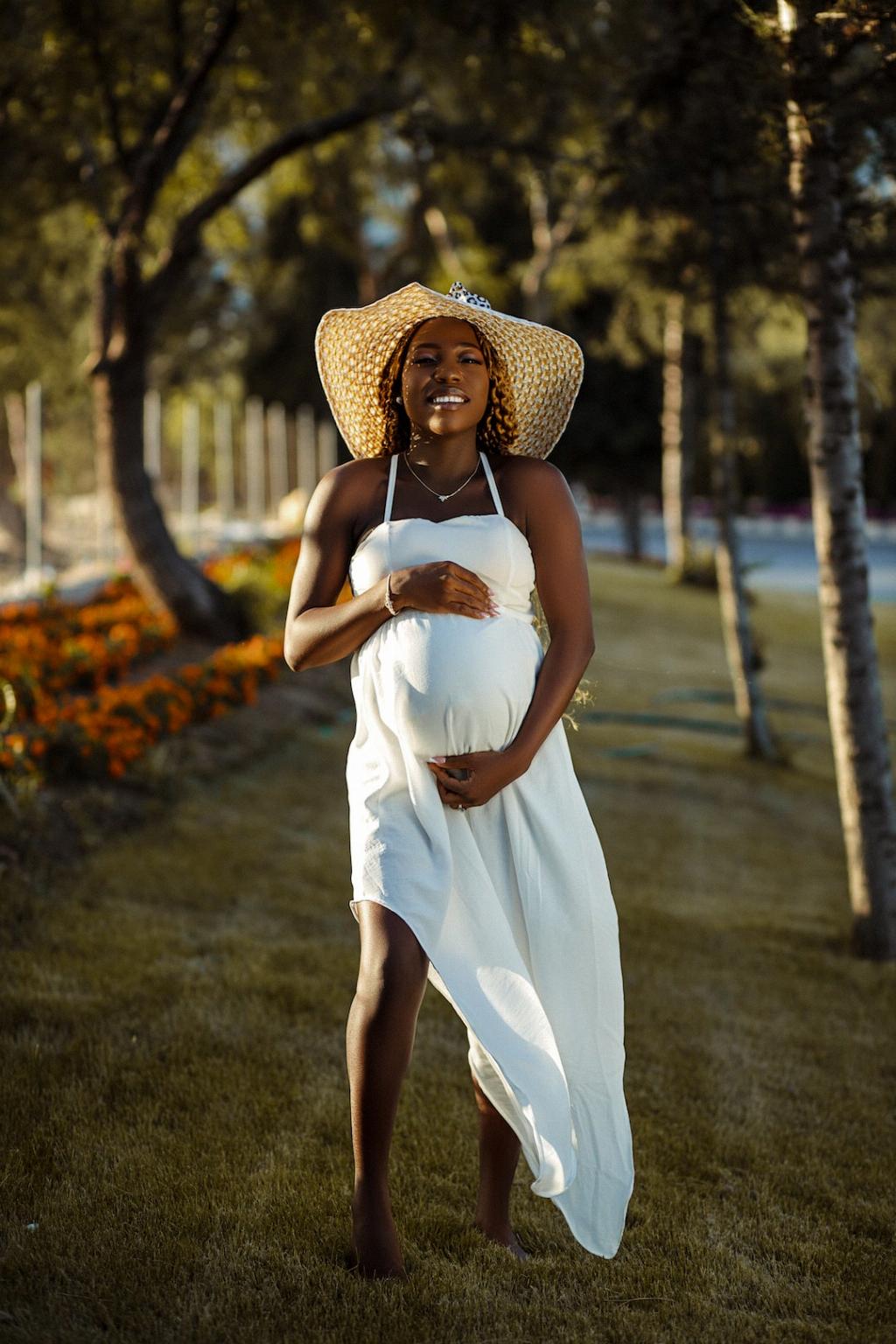Using an exercise ball during pregnancy can have numerous benefits for expectant mothers. It can help improve posture, strengthen core muscles, alleviate back pain, and promote better circulation. Additionally, using an exercise ball can provide a gentle way to stay active and maintain fitness throughout pregnancy.
When to Start Using an Exercise Ball
There is no need to wait to start using an exercise ball during pregnancy. In fact, the best time to start is in the first trimester, but you can begin anytime. Starting early can help you get used to sitting, bouncing, and moving on the ball, making you more comfortable and likely to use it consistently throughout your pregnancy.
Considerations for Safe Use
While using an exercise ball during pregnancy is generally safe and beneficial, there are some considerations to keep in mind. It’s important to choose the right size ball for your height, ensure proper inflation, and use it on a non-slip surface to prevent accidents. Additionally, listen to your body and stop if you experience any discomfort or pain.
Exercises to Try
There are several exercises you can try on an exercise ball during pregnancy to help strengthen your muscles and improve flexibility. Some examples include pelvic tilts, seated marches, wall squats, and gentle stretches. Be sure to consult with your healthcare provider before starting any new exercise routine.
Improving Posture and Balance
Using an exercise ball can also help improve your posture and balance during pregnancy. By sitting on the ball instead of a chair, you engage your core muscles and promote better alignment. This can help alleviate strain on your back and pelvis, common issues during pregnancy.
Relief from Back Pain
Many pregnant women experience back pain as their belly grows and their center of gravity shifts. Using an exercise ball can provide relief by supporting proper spinal alignment and promoting gentle movement. Sitting and gently bouncing on the ball can help alleviate tension in the lower back.
Promoting Circulation
Maintaining good circulation during pregnancy is essential for both maternal and fetal health. Using an exercise ball can help promote circulation by encouraging movement and reducing the risk of swelling in the lower extremities. Gentle bouncing and rocking motions can aid in blood flow.
Strengthening Core Muscles
Strengthening your core muscles during pregnancy can help support your growing belly, reduce back pain, and improve overall stability. The instability of an exercise ball requires your core muscles to engage to maintain balance, offering a gentle way to strengthen these muscles without strain.
Consulting with Your Healthcare Provider
Before starting any new exercise routine during pregnancy, it’s important to consult with your healthcare provider. They can provide personalized guidance based on your individual health needs and pregnancy status. Your healthcare provider can offer recommendations for safe exercises on an exercise ball.
Final Thoughts
Using an exercise ball during pregnancy can be a safe and effective way to stay active, improve posture, strengthen core muscles, and alleviate discomfort. By starting early and incorporating gentle exercises, you can reap the benefits of using an exercise ball throughout your pregnancy. Remember to listen to your body, stay properly inflated, and enjoy the many advantages of incorporating an exercise ball into your prenatal routine.
Conclusion
In conclusion, using an exercise ball while pregnant can be a beneficial addition to your prenatal fitness routine. With proper precautions, exercises, and guidance from your healthcare provider, you can enjoy the advantages of improved posture, stronger core muscles, and reduced back pain. Stay active, stay safe, and enjoy the journey of pregnancy with the support of an exercise ball.

